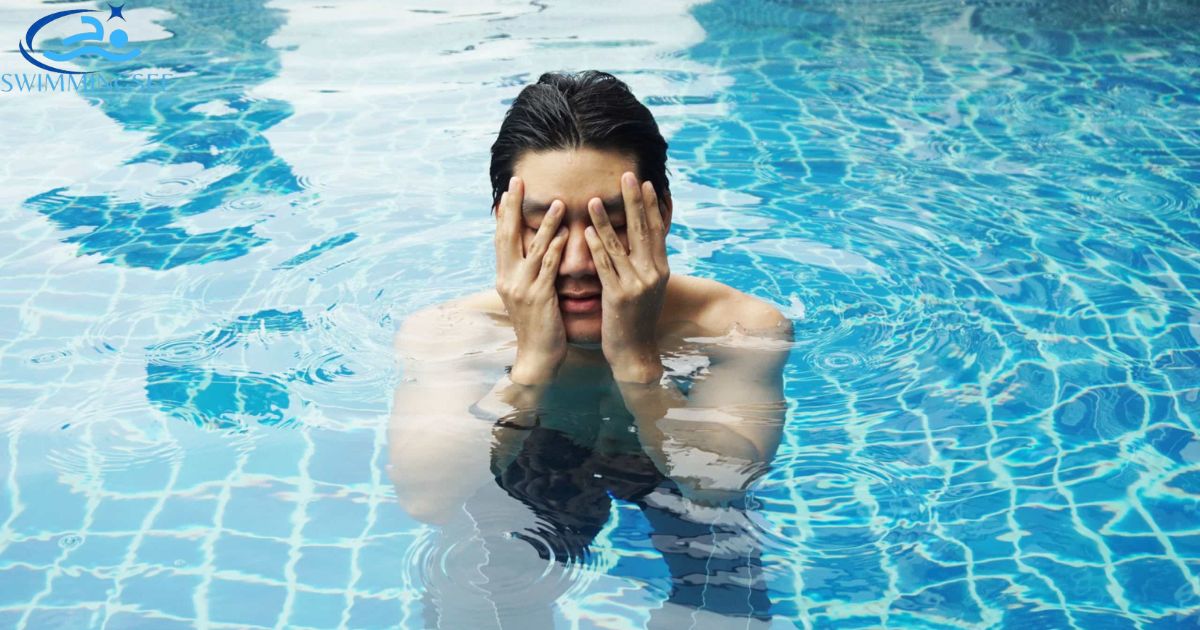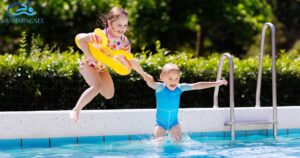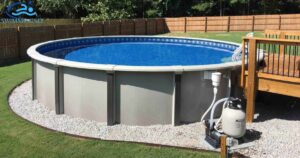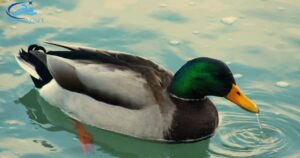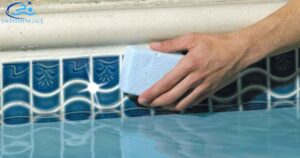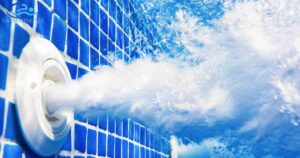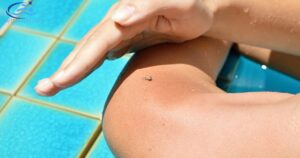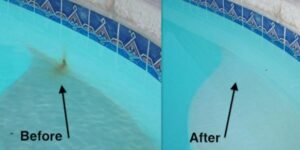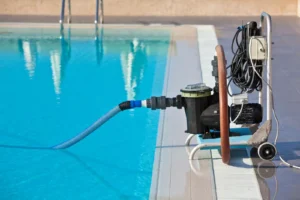Lice are tiny insects that live on the scalp and feed on human blood They can cause itching and discomfort leading to the condition known as head lice.
Tiny troublemakers lice sneak into hair homes uninvited causing itchy chaos These minuscule mischief-makers thrive in scalps playing hide and seek with combs Let’s unravel the mystery of these pesky guests and bid farewell to the itchy invasion.
Lice are small wingless insects that live on the scalps of humans and feed on blood. They spread through close head to head contact and are common among children Though not harmful their presence can cause itching and discomfort Effective treatment involves using special shampoos and thorough combing to remove the parasite.
Bloodsucking Pests
In the realm of bloodsucking pests lice emerge as stealthy infiltrators tiny but tenacious seeking refuge in human scalps for their sustenance.
Bloodsucking pests like lice navigate the strands of our hair with precision extracting their nourishment discreetly while leaving an itchy aftermath that prompts an unwelcome scratching symphony.
Lurking on the scalp’s terrain bloodsucking pests such as lice showcase a paradoxical elegance in their minuscule form causing inconvenience with their feeding habits while sparking a quest for effective eradication strategies.
Close Contact Contagion
In the realm of close contact contagion lice gleefully seize the opportunity navigating from one host to another with stealthy precision turning moments of intimacy into unsuspecting pathways for their journey.
Close contact contagion transforms shared laughter and camaraderie into an inadvertent exchange of unwanted guests as lice seize the chance to explore new territories via the bridges of human proximity.
The dance of close contact contagion unfolds in the delicate interplay of hugs and whispers where unsuspecting individuals unwittingly become conduits for the minuscule voyagers turning everyday interactions into avenues for the microscopic hitchhikers.
Itchiness Unleashed:
To solve the Itchiness Unleashed caused by lice follow these steps:
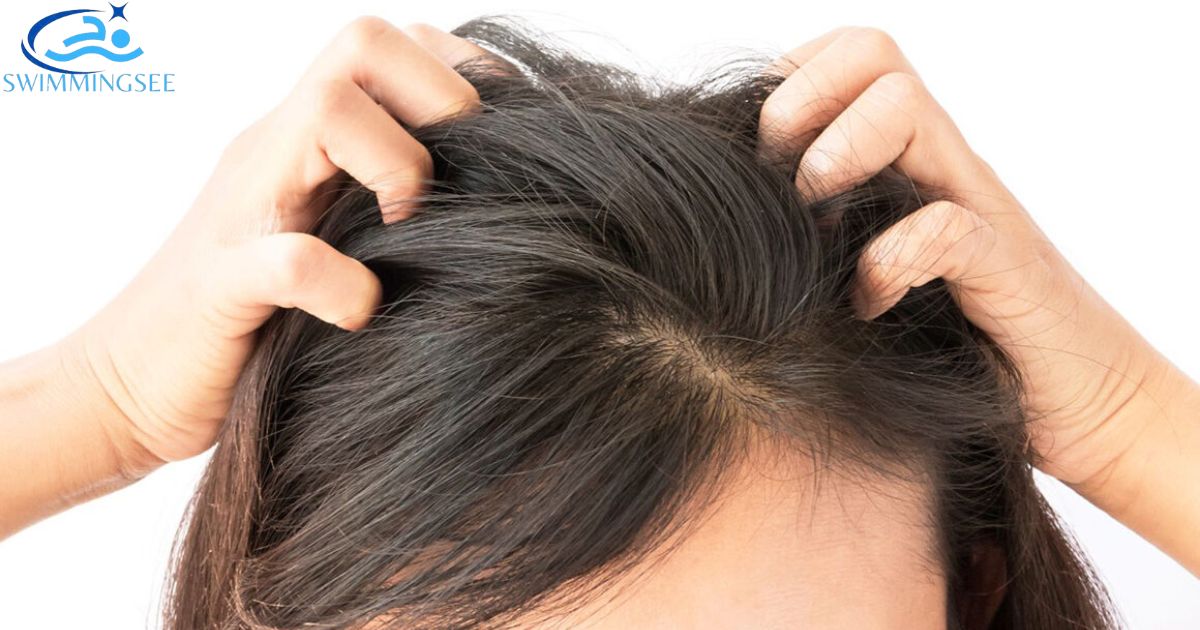
Identify and Confirm: Confirm the presence of lice through careful inspection Look for nits lice eggs and adult lice on the scalp and hair.
Use Medicated Shampoo: Choose a medicated lice treatment shampoo that contains active ingredients like pyrethrin or permethrin Follow the product’s instructions carefully for effective use.
Thoroughly Comb Hair: Use a fine-toothed comb to remove both live lice and nits Wet the hair and apply conditioner to make combing smoother Comb small sections starting from the scalp and working towards the ends.
Repeat Treatment: Most lice treatments require a second application after a certain period. Follow the recommended timeline for reapplication to catch any newly hatched lice.
Wash Bedding and Personal Items: Wash all bedding clothing and personal items that may have come into contact with the lice Vacuum the living spaces to eliminate any stray lice or nits.
Inform Close Contacts: Alert people with whom you or the affected person has had close contact such as family members or friends to check for lice and take preventive measures.
Avoid Reindentation: Educate yourself and others on how lice spread. Encourage practices that prevent reindentation such as avoiding head-to-head contact and not sharing personal items like combs brushes or hats.
Monitor and Repeat if Necessary: Keep a close eye on the scalp for any signs of recurring itchiness If needed repeat the treatment process or seek advice from a healthcare professional.
Remember persistence and thoroughness are key when dealing with lice Regular checks and quick action can help solve the issue and prevent further discomfort.
Schoolyard Menace:
In the schoolyard lice lurk like stealthy invaders spreading through whispered secrets and shared moments turning innocent play into a battleground against these tiny foes.
The schoolyard usually echoing with laughter becomes an unwitting battlefield when lice make their entrance turning heads into battlegrounds where these persistent pests engage in their bloodsucking mission.
Within the schoolyard’s lively chaos lice play the role of unseen troublemakers weaving through the strands of friendship leaving behind an itchy trail of discomfort and making the journey from one head to another an unwitting game of contagion.
The Lice Life Cycle:
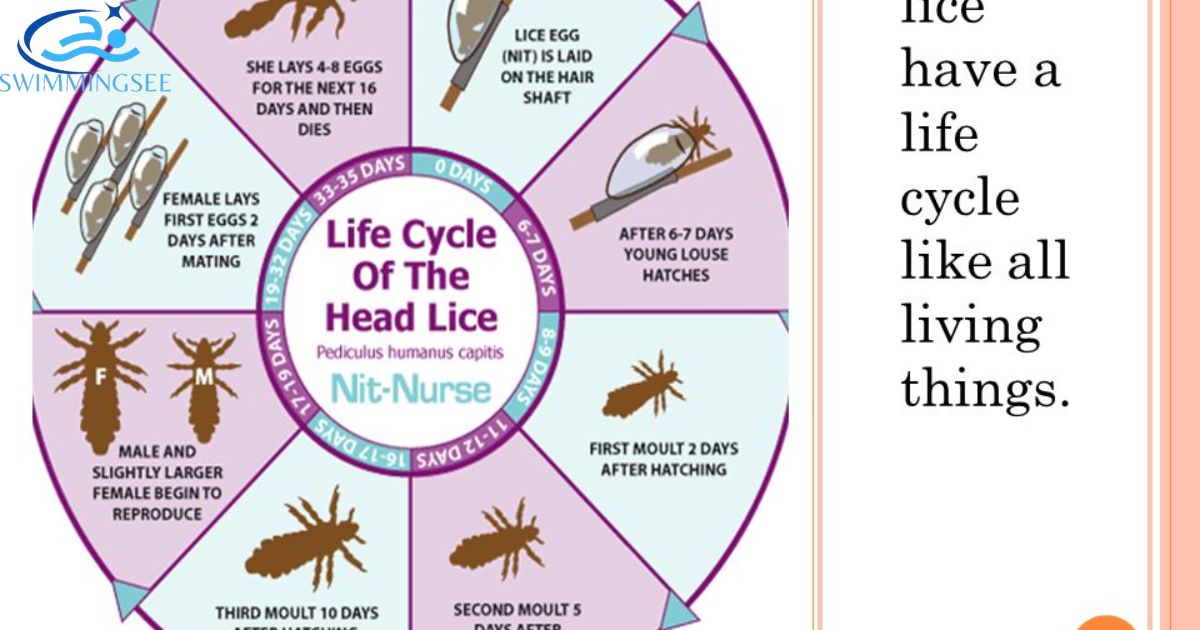
In the intricate dance of the lice life cycle tiny eggs or nits cling stealthily to hair strands awaiting their transformation into relentless nymphs ready to explore the scalp world.
The drama of the lice life cycle unfolds as eggs hatch into nimble nymphs scurrying through hair like miniature adventurers leaving behind the telltale signs of their presence in the form of itchy discomfort.
From the quiet initiation of nits to the bustling activity of nymphs and their eventual metamorphosis into fully grown adult lice the life cycle of these persistent pests is a testament to nature’s persistence reminding us to stay vigilant in our quest for a lice free existence.
Combing Away the Critters:
In the gentle rhythm of the comb a dance unfolds as each stroke becomes a whispered promise combing away the critters leaving behind a symphony of serenity.
With each meticulous pass of the comb a magical transformation occurs as if the strands hold the power to banish pests combing away the critters and restoring tranquility to tangled tresses.
Lice Myths Vs Facts:
| Lice Myths | Lice Facts |
| Myth 1: Mayonnaise eliminates lice | Fact 1: Medically approved treatments are more effective |
| Myth 2: Lice can be eradicated with olive oil | Fact 2: Prescription medications are recommended for complete elimination |
| Myth 3: Home remedies work as well as treatments | Fact 3: Scientifically proven treatments are more reliable |
| Myth 4: Lice can be eliminated in one treatment | Fact 4: Consistent follow-up is crucial for complete removal |
| Myth 5: Lice won’t return after treatment | Fact 5: Ongoing preventive measures are essential for avoiding reinfestation |
Preventing Lice Reinfestation:
Prompt Treatment: Treat lice infestations promptly using recommended over the counter or prescription treatments.
Thorough Cleaning: Wash all bedding clothing and personal items in hot water and vacuum the house thoroughly.
Avoid Head-to-Head Contact: Instruct family members to avoid head to head contact especially in crowded places.
Educate Contacts: Inform close contacts about lice presence urging them to check for infestations in their households.
Regular Head Checks: Conduct routine head checks particularly for children to catch infestations early.
Use Preventive Products: Consider using lice repellent products such as shampoos or sprays for ongoing protection.
Lice and Personal Hygiene: In the realm of personal hygiene diligent care becomes a shield against the microscopic marauders as lice find no sanctuary in a fortress of cleanliness.
Personal hygiene stands as a formidable defense an impervious barrier that sends lice scurrying in search of less vigilant hosts their conquest thwarted by a vigilant regime of cleanliness.
Amidst the intricate dance of personal hygiene lice find themselves unwelcome guests banished by the meticulous choreography of daily rituals that leave no room for their parasitic intrusion.
FAQ,s
How long can head lice live in a swimming pool?
Head lice cannot survive in swimming pools as chlorine and other chemicals quickly eliminate them.
Does swimming cause lice?
No swimming does not cause lice lice are spread through direct head to head contact or by sharing personal items.
Can you get lice from swimming in a river?
No lice cannot be contracted from swimming in a river as they are human specific and do not survive in water environments.
Does swimming at the beach kill lice?
Swimming at the beach does not kill lice they can survive underwater and are not eliminated by saltwater.
What kills lice instantly?
Medically approved treatments such as prescription medications or certain over the counter shampoos are effective in killing lice.
Conclusion
The likelihood of getting lice from a swimming pool is extremely low as lice cannot survive in chlorinated water and they primarily spread through direct head to head contact.
In summary the risk of acquiring lice from a swimming pool is minimal as these parasites require specific conditions found on the human scalp making transmission through pool water highly unlikely.

With a rich five-year background in the realm of swimming pool management I bring a wealth of expertise in ensuring water safety maintenance and an exceptional aquatic experience for all
